4 Key Hanfu Components: Traditional Chinese Clothing
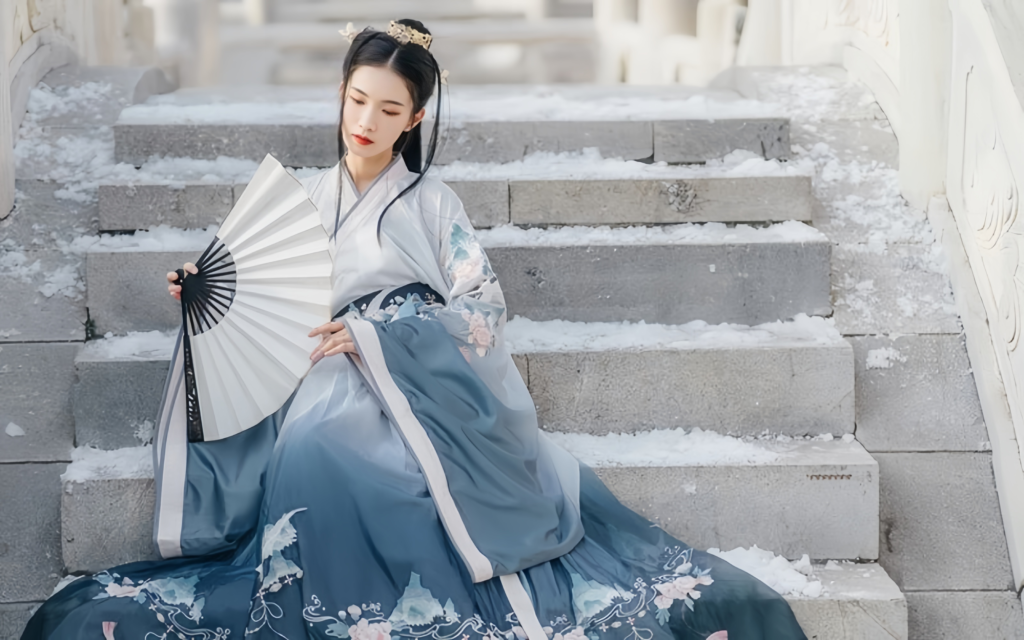
With the revival of traditional culture, Hanfu, which refers to traditional Chinese clothing, has become more and more popular. However, many people still feel a bit confused about the structure of Hanfu. In this article, we’ll take a closer look at the Hanfu elements and break down what goes into a complete set of traditional Chinese clothing, focusing on the key Hanfu components.
So, What Exactly is Hanfu?
“Hanfu” refers to the traditional clothing of the Han Chinese people. But it’s important to note that Hanfu doesn’t just refer to the clothing from the Han Dynasty. It actually spans a much longer history, dating back to the Zhou Dynasty, and evolved through the Qin Dynasty before reaching its mature form during the Han Dynasty. Understanding the Hanfu elements gives us insight into how this style developed over centuries, and the Hanfu components make up the timeless and culturally rich attire that represents the essence of Chinese tradition.
The Structure of Traditional Chinese Clothing
Hanfu consists of a complete clothing system that includes many different Hanfu components like headwear, clothing, shoes, and accessories. Let’s explore these key Hanfu elements:
1. Hanfu Headwear (首服)
Headwear, also known as “Shoufu,” is an essential part of Hanfu elements in traditional Chinese clothing. In ancient China, both men and women were required to tie their hair up. As they grew older, they would twist their hair into a bun and secure it with a hairpin. There are different types of headwear, such as hats (帽) and scarves (巾), which are key Hanfu components that add both function and elegance to the outfit.
For adult men, common headwear includes crowns (冠), caps (弁), and the Futou, a kind of traditional headpiece. There are strict rules about how headwear should be worn, and while the styles might change over time, the cultural importance and the hierarchy it represents remain constant.
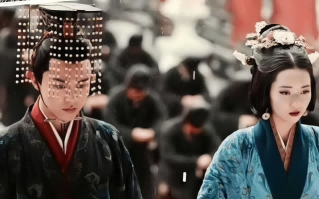
For women, headwear is much more diverse. They often adorn their hair with various jewelry pieces, made from precious materials like gold. These decorative pieces not only enhance their appearance but also symbolize their social status and grace.
2. Hanfu Clothing (衣裳)
A complete Hanfu set typically consists of three main pieces: underwear (内衣), inner clothing (中衣), and outerwear (外衣). Let’s break these down:
- Underwear: In ancient China, women’s underwear was worn as the first layer of clothing, offering comfort and modesty.
- Zhongyi (中衣, Inner Clothing): This is the clothing worn underneath the outer layers, usually white, and can be thought of as something similar to today’s home clothes or pajamas.
- Waiyi (外衣, Outerwear): This is the outer garment, and its style depends on the occasion, etiquette, and the social context. There are different types of outerwear, including:
- Lifu (礼服, Formal Dress): Worn on ceremonial occasions or major festivals.
- Changfu (常服, Casual Dress): More appropriate for everyday work or study.
- Bianfu (便服, Casual Wear): Worn for daily home use or work.
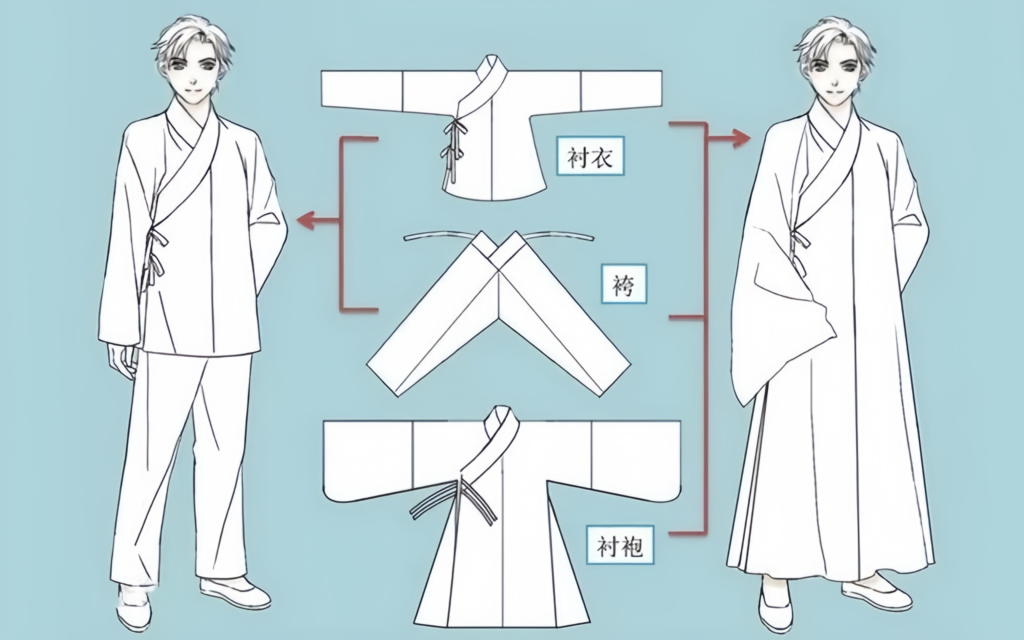
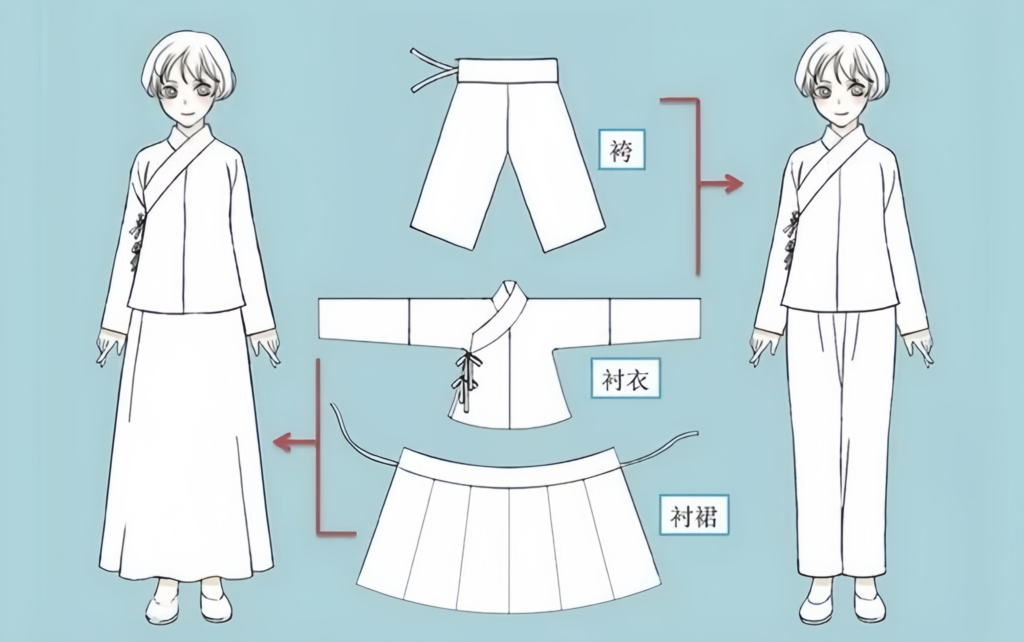
There are several key parts to consider when it comes to the design of the outer garment:
- Ling (领, Collar): This refers to the part around the neck. Some common collar types include cross-collar, round collar, straight collar, square collar, vertical collar, and U-collar. To keep the collar clean, some garments include a removable protective collar.
- Jin (襟, Front): This refers to the front section of the garment.
- Jin (衿, Lower Hem): This part connects the upper and lower halves of the clothing.
- Ju (裾, Hem): Refers to the front and back of the clothing.
- Mei (袂, Sleeves): The sleeves are an important part of the design.
- Qu (祛, Cuffs): The cuffs of the sleeves complete the look.

3. Hanfu Shoes (鞋履)
In ancient times, shoes were referred to as “Ju” (屦). During the Shang and Zhou Dynasties, the shoe system was very diverse, with a rich variety of styles, materials, craftsmanship, and decorations. These shoes, as important Hanfu components, were made with specific patterns, colors, and materials that were regulated by the overall Hanfu elements. Combined with the clothing and headwear, they created a comprehensive attire system.
-1.png)
4. Hanfu Accessories (配饰)
Accessories also play a significant role in Hanfu. One of the most well-known accessories is Peiyu (佩玉, Wearing Jade), which symbolizes moral integrity and social status. The saying “A gentleman without virtue does not wear jade” reflects this cultural belief.
In addition to jade, there are many other traditional accessories, including:
- Bixi (蔽膝, Thigh Cover): This is a piece of clothing that covers the thigh to the knee.
- Pibo (披帛, Shoulder Cloak): A piece of cloth worn over the shoulders for decoration or functional purposes.
- Xiangnang (香囊, Scent Pouch): These are small embroidered pouches filled with fragrant herbs or powdered medicines, often carried for their aromatic properties.
- Jian (剑, Sword): A sword, which was not only a weapon but also a symbol of strength and honor in traditional Chinese culture.
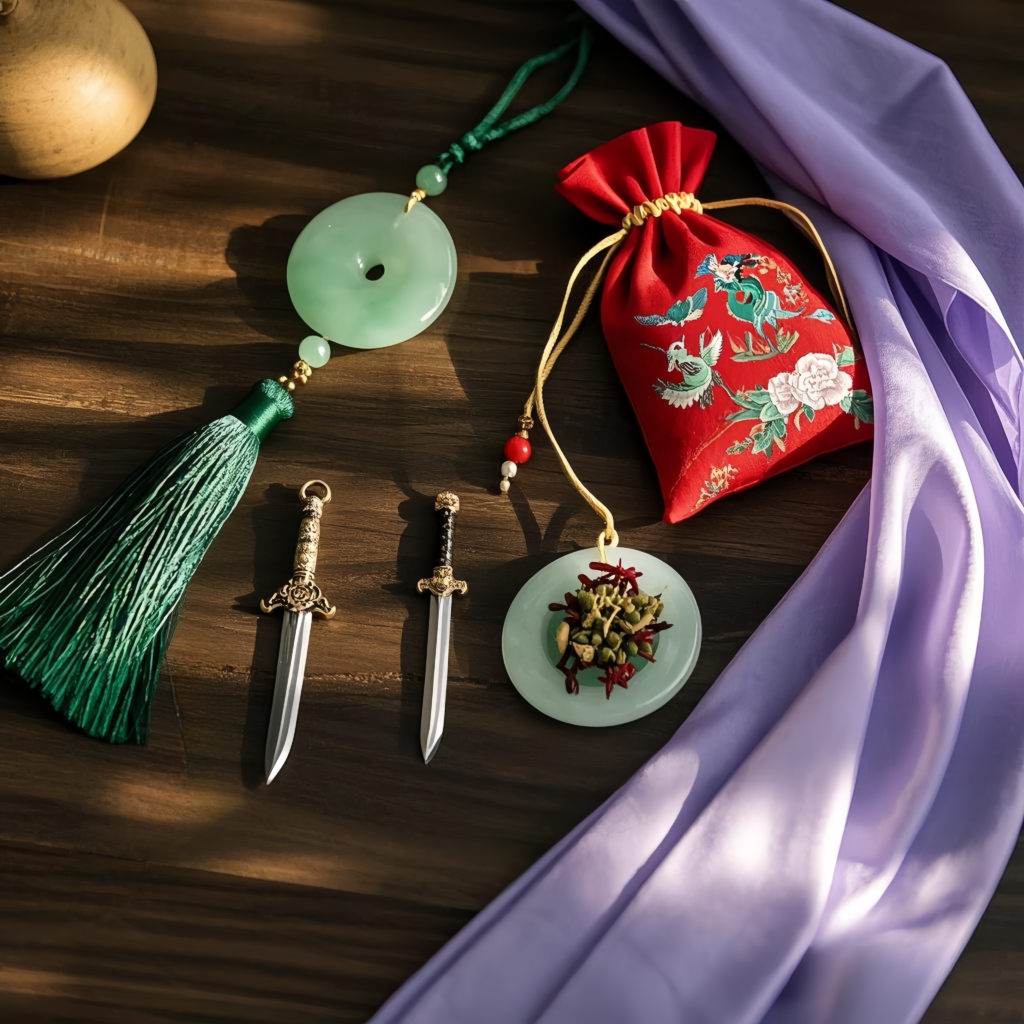
By breaking down these elements, we hope to give you a clearer understanding of Hanfu. It’s not just a set of clothes—it’s a reflection of Chinese history and culture, with each piece carefully designed to represent values like social status, respect for tradition, and elegance.
For more information on Hanfu and traditional Chinese clothing, visit the Chinese Cultural Center.




